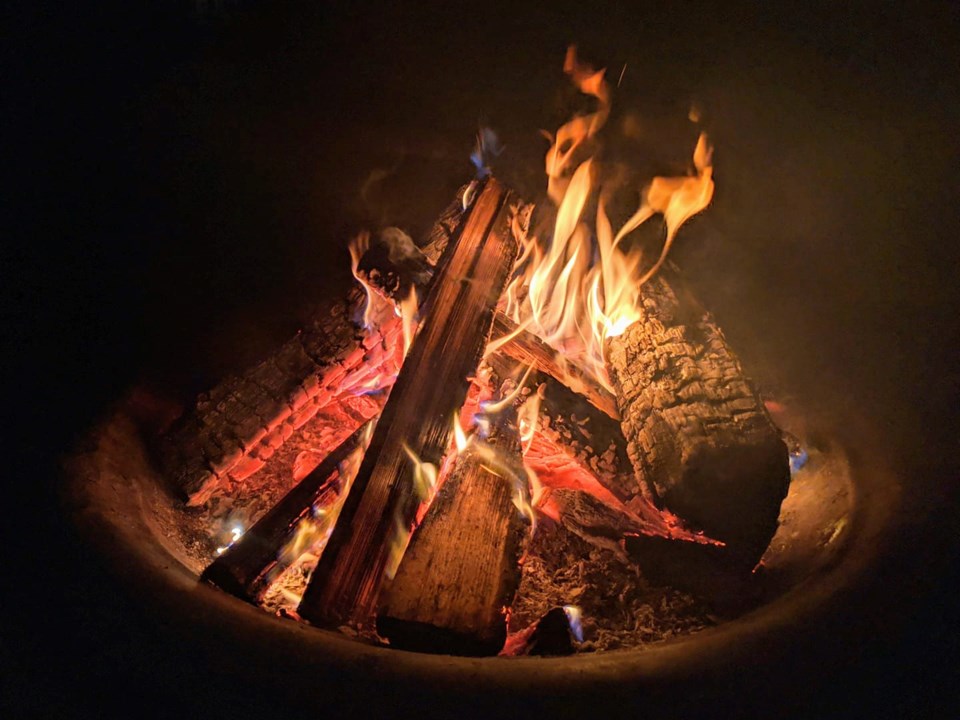DRYDEN, Ont. – Fire restrictions have not been put in place for Thunder Bay, but a spokesperson for the Ministry of Natural Resources is pleading with the public to do their part this weekend.
With temperatures expected to climb to as high as 36C on Saturday and minimal rain in the forecast, the situation can turn in a hurry.
The last thing Ministry of Northern Development, Mines, Natural Resources and Forestry firefighters, who are already dealing with 38 active forest fires in the Northwest, need are additional fires with man-made causes.
“The weather trends that we’ve seen in western Canada in recent days, with high heat and low relative humidity levels, is now sitting over Northwestern Ontario and escalating an already strong potential for forest fires,” said Chris Marchand, an information officer with the Aviation Forest Fire and Emergency Services arm of the MNDMNRF.
“And there’s some uncertainty as to when we can expect any widespread rainfall to moderate that escalating fire hazard. With recent lightning activity we do expect to see new fires start, so one of our goals is to really minimize human-caused fires at a time when our resources are under significant demand.”
Earlier this week the province implemented restricted fire zones in Kenora, Fort Frances and Dryden districts, as well as the southern portions of Sioux Lookout and Red Lake districts. Outdoor fires are banned as a result until further notice.
Marchand said Thunder Bay hasn’t reached a critical stage yet, but added it could become a reality if conditions change.
Canadian eyes have been trained on Lytton, B.C. in recent days, a community that suffered through record high temperatures this week, followed by devastating forest fires that burned most of the community to the ground.
Wildfires on Friday also led to a brief evacuation of residents in nearby Kamloops, B.C.
It’s also a concern, especially in more remote areas of the province where resources are less available.
“It is concerning and the human-caused fire element is really the one that we’re trying to prevent. When you have lightning fires out on the landscape, they can happen in remote areas and that gives you time to respond, appropriately. But when you have high hazard fire conditions and a human element that can cause a fire to be located very close to a settled area and people’s property and resources, those are conditions that can get out of control very fast,” Marchand said.
Of the fires currently burning in the region, Marchand pointed to a pair still out of control as the most concerning. Fort Frances 47 is located close to Naicatchewenin First Nation and is being tackled by 21 four-person crews, growing to 407 hectares. Kenora 51 is now 1,500 and though it’s relatively remote, smoke from the fire is forecasted to spread throughout the region in coming days, reaching Thunder Bay, Nipigon and beyond.
